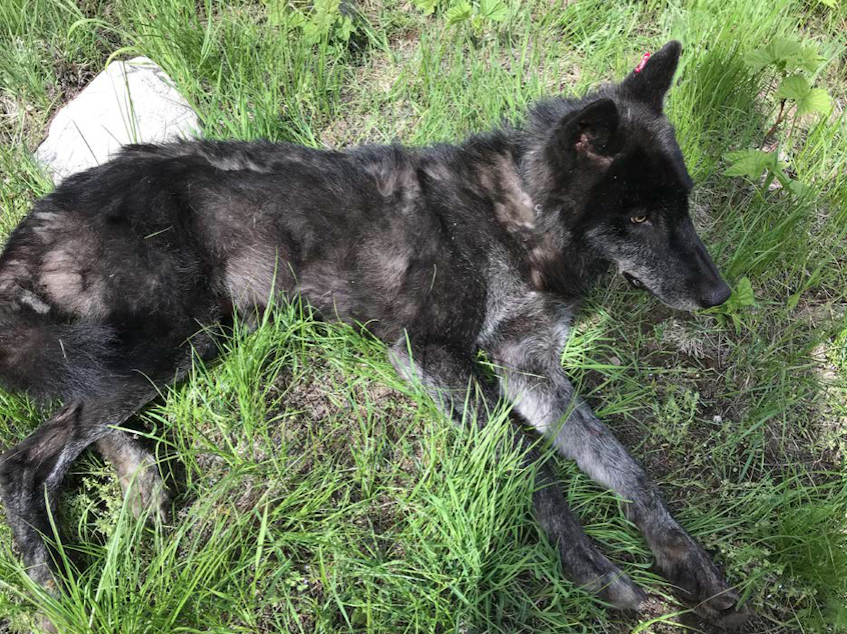Seeking: Wolves marked for death in Washington state

The Washington Department of Fish and Wildlife is trying to kill one to two of the nine wolves in the Grouse Flats pack, in the southeast corner of the state.
That’s because the pack has killed two cattle in the past month and four cattle in the past 10 months.
The state Fish and Wildlife director authorized the lethal removal on Tuesday, and state agents headed out to look for the animals on Thursday. At least one of the wolves has a collar.
The pack spends some of its time in Oregon; when the wolves are there, Washington agents can’t kill them.
Staci Lehman, an agency spokesperson, said the ranchers in the area have taken steps to keep wolves away from their cattle. They’ve employed cowboys and fox lights to try to scare wolves, and they’ve removed sick and injured animals. But none of that worked, so now the agency is trying lethal removal.
“The point is to try to change the behavior of the other pack members,” Lehman said. “Sometimes, if you take out an alpha wolf, the others will change their behavior.”
It costs the state about $20,000 to kill one wolf.
It’s a technique the department uses to manage wolves in the eastern third of the state, where the animals are not listed as federally endangered.
Some wildlife advocates say the technique doesn’t work. But Lehman said it works in many cases—most recently when the agency killed one wolf in the Smackout Pack in northeast Washington in November 2018. The pack hasn’t killed any cattle since.
Lehman said the agency does not track how often killing one or two wolves works to keep a pack from killing cattle, and how often the agency has to go back and eliminate more members of the pack.
That said, Lehman added, the agency takes the decision to kill wolves very seriously.
“It’s never an easy decision to make a lethal removal,” she said. “People—they’re so divided on it. They’re like, ‘Why do we need them if they haven’t been here so long?’
And then others are like, ‘It’s sacred that we’re bringing them back!’”
To date, no lawsuits have been filed to stop the lethal removal of the Grouse Flats pack.
This summer, the department killed eight wolves from the Old Profanity Territory Pack in northeast Washington, four of them hours before a court order to protect them.
Since early August, the department has also had a lethal removal order for one to two members of the Togo Pack, in northeast Washington, but the agency has not killed any members of that pack.
Before the lethal removals, Washington state had 130 wolves living in 27 packs.




